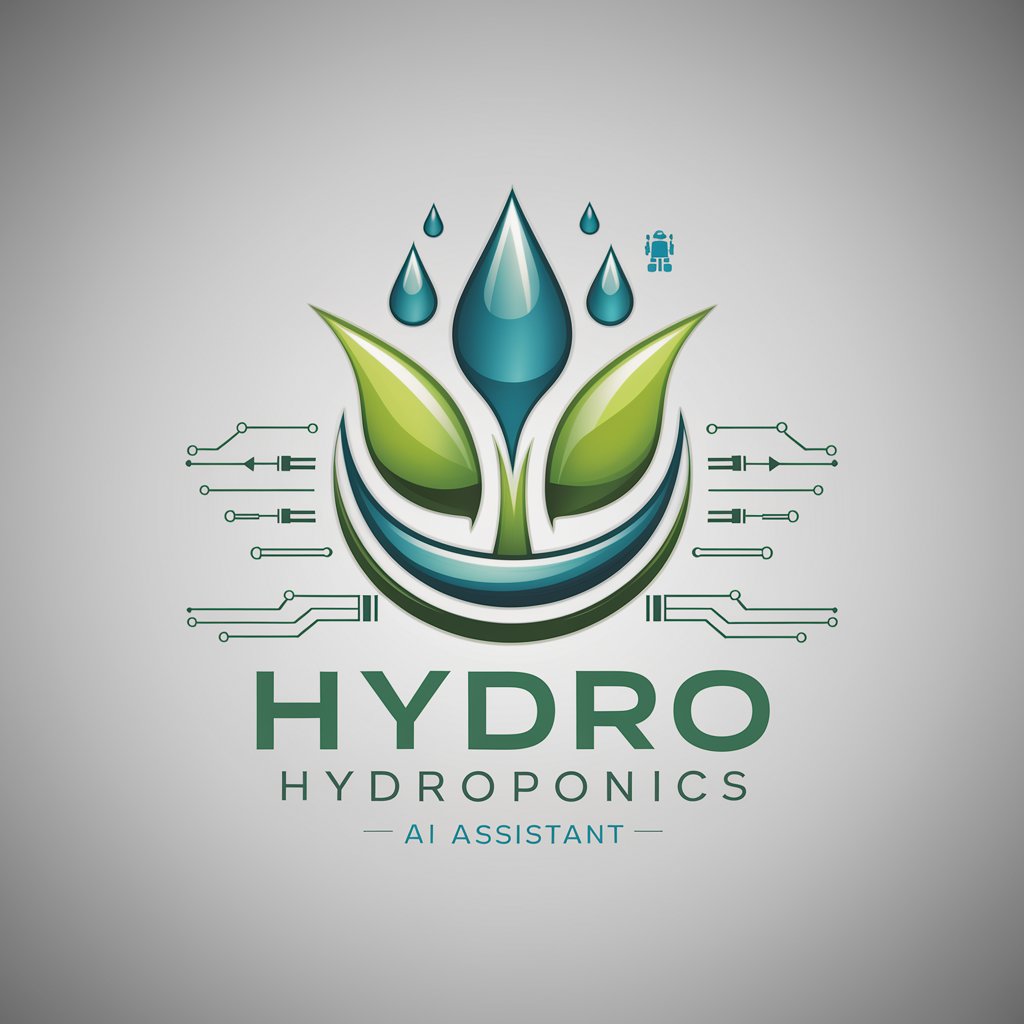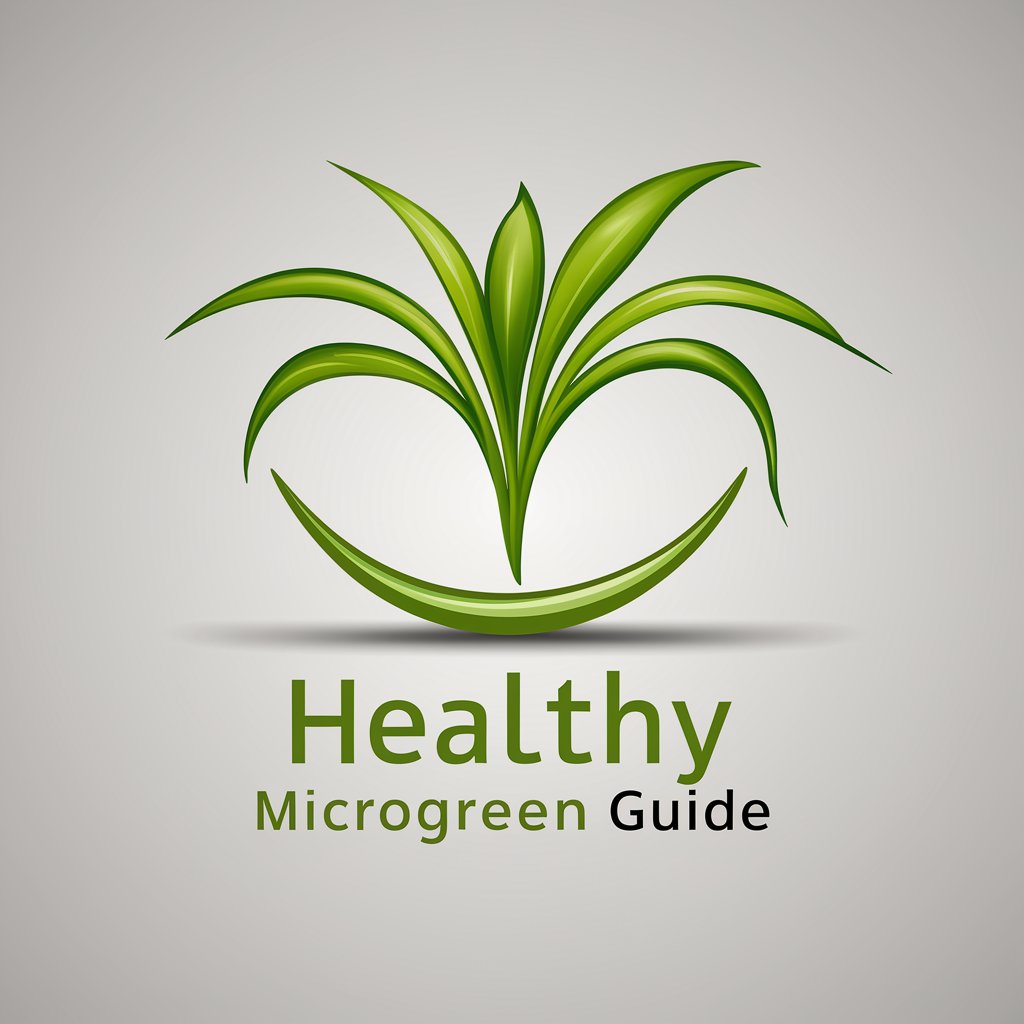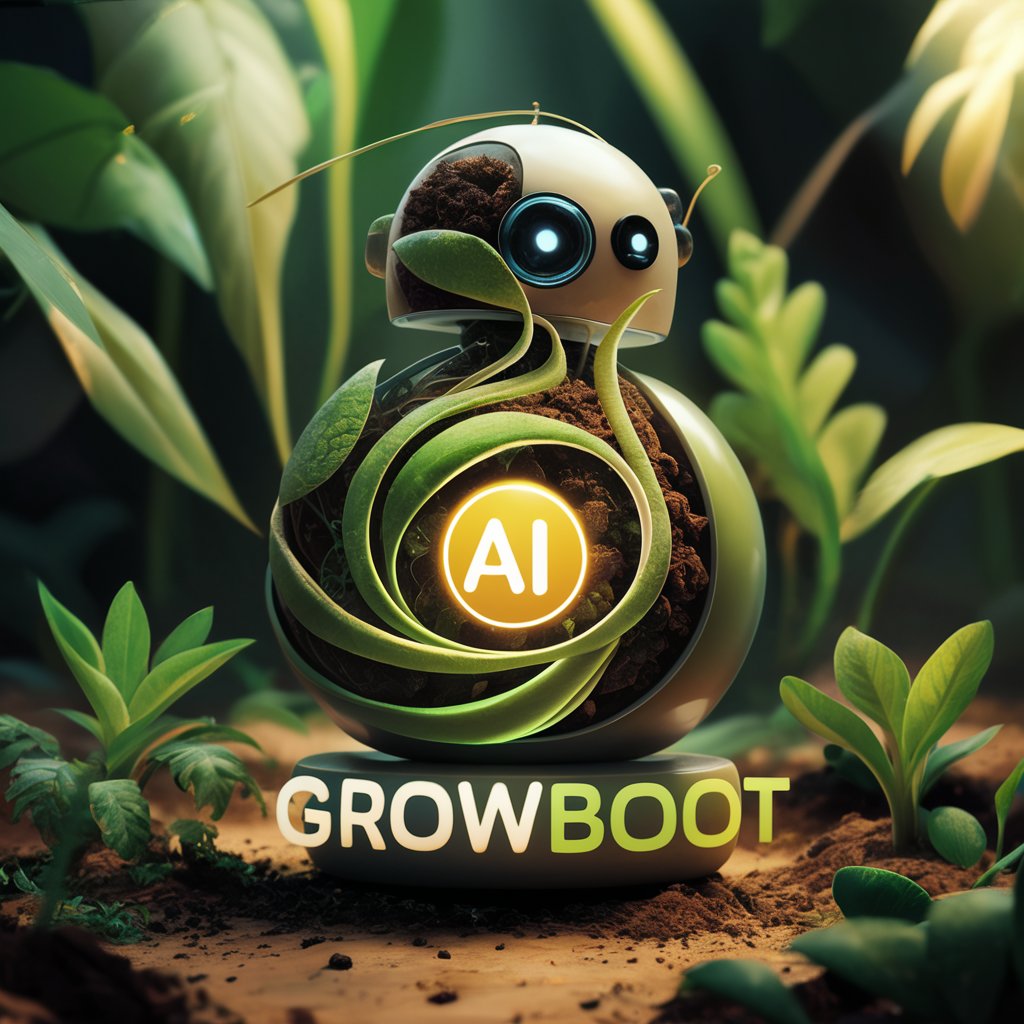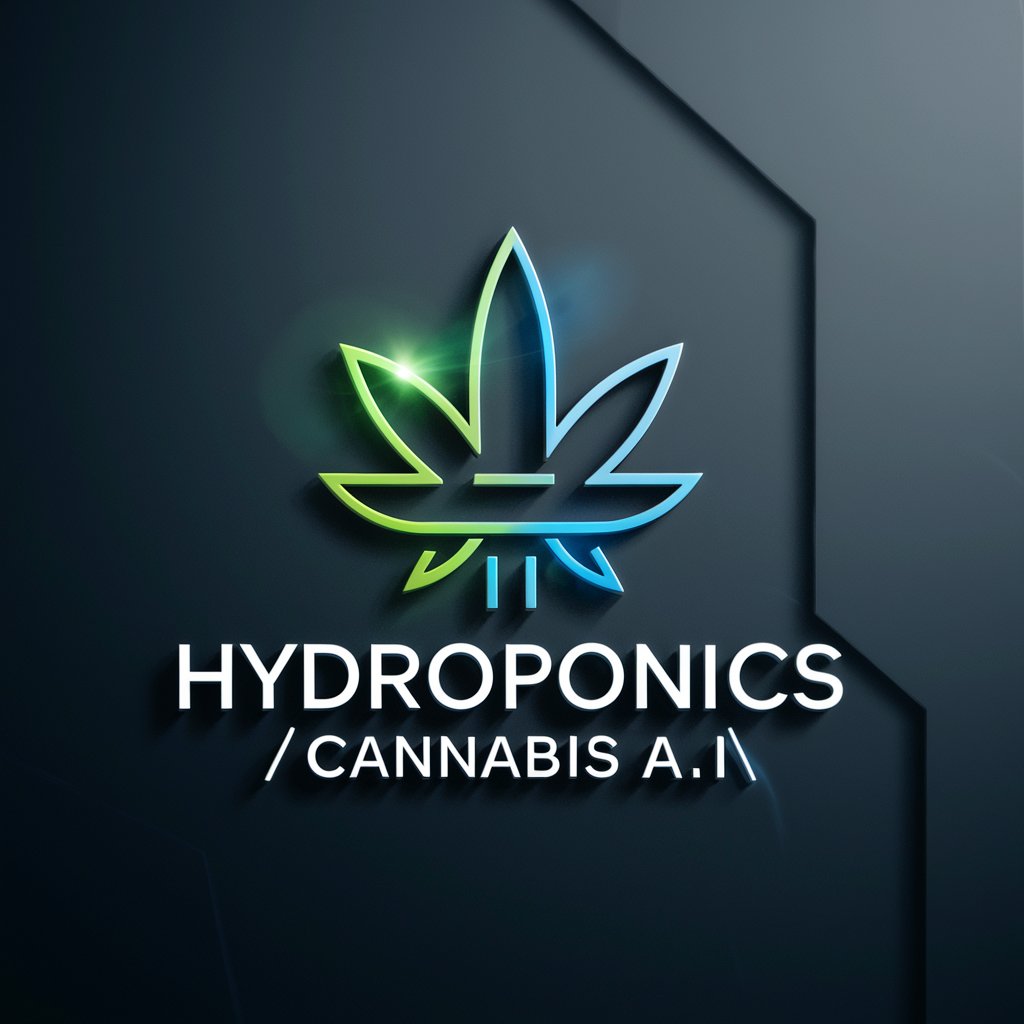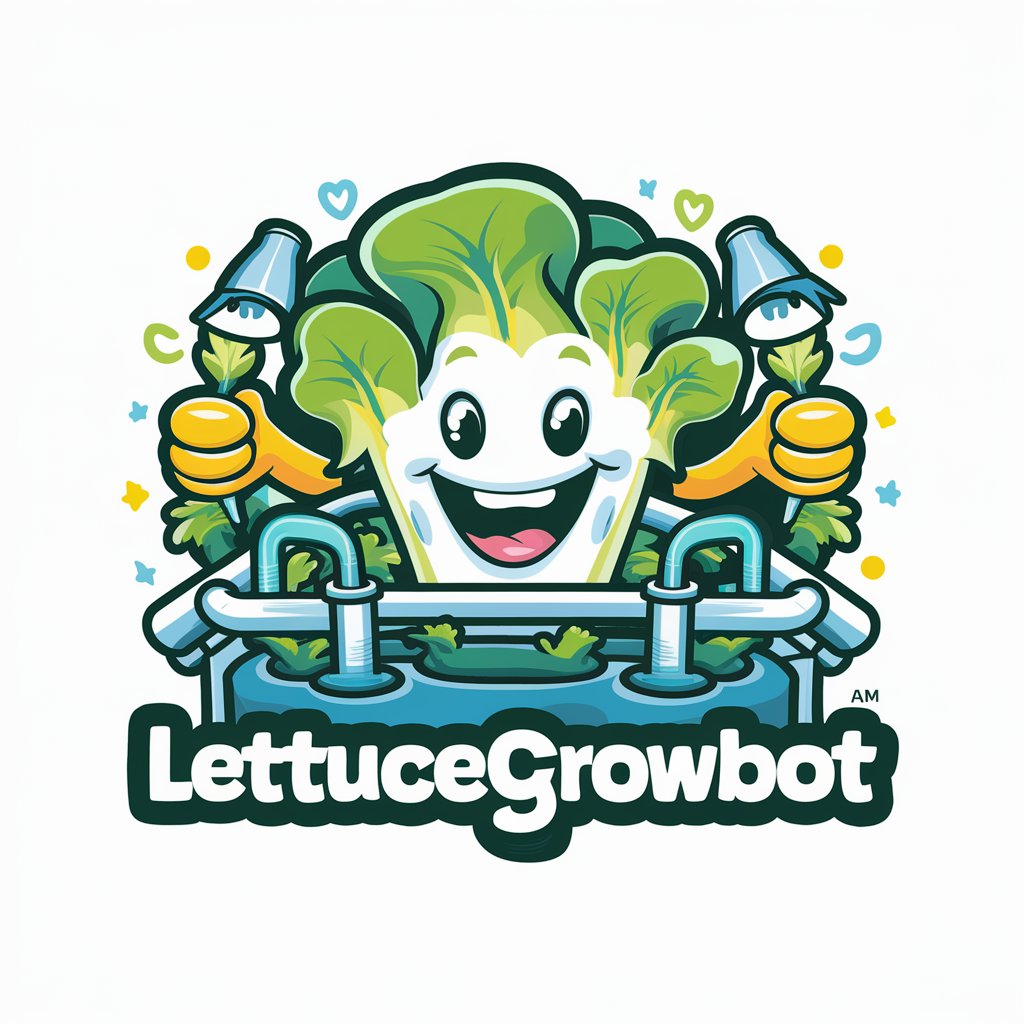
Hydroponic guide - Hydroponic Cultivation Assistant

Cultivate with confidence: AI-powered hydroponic insights.
Hello! I'm GPT, your AI assistant. I'm here to help with any questions or projects you might have. Whether it's gathering information, brainstorming ideas, or solving complex problems, I'm ready to assist. What's something you're passionate about or working on currently that we can explore together?
Get Embed Code
Introduction to Hydroponic Guide
Hydroponic Guide is a specialized AI designed to assist with the planning, setup, and management of hydroponic cultivation systems. Its primary design purpose is to provide expert advice on creating efficient, sustainable hydroponic setups within a 40-foot container module. This guide incorporates detailed knowledge on the specifications, assembly, and operation of hydroponic containers optimized for various plants' growth. It includes comprehensive details on structural components, insulation materials, hydroponic system components, and energy solutions, including solar panel compatibility. Examples of its application include advising on the best practices for assembling the hydroponic container, optimizing space for plant growth, and ensuring the system's energy efficiency and sustainability. Powered by ChatGPT-4o。

Main Functions of Hydroponic Guide
Design and Assembly Advice
Example
Providing step-by-step guidance on assembling a hydroponic container from flatpack delivery to full setup.
Scenario
A user wants to set up a hydroponic farm in a suburban area. Hydroponic Guide offers detailed instructions on assembling the container, installing insulation, setting up the hydroponic system, and ensuring that all components are energy-efficient and environmentally sustainable.
Hydroponic System Optimization
Example
Offering custom solutions for lighting, nutrient delivery, and climate control within the hydroponic container.
Scenario
An experienced farmer seeks to optimize their hydroponic system for higher yields. The guide provides recommendations on LED grow light placement, nutrient dosing schedules, and HVAC settings tailored to specific crop requirements.
Sustainability and Energy Efficiency Consulting
Example
Advising on the integration of solar panels and energy storage systems to power hydroponic cultivation.
Scenario
A community project aims to reduce its carbon footprint through sustainable farming. Hydroponic Guide outlines the best practices for incorporating solar panels, choosing the right batteries, and managing energy use effectively within their hydroponic setup.
Ideal Users of Hydroponic Guide Services
Urban and Suburban Farmers
Individuals or organizations looking to start or expand their hydroponic cultivation in areas with limited space. They benefit from detailed guidance on setting up space-efficient, sustainable hydroponic systems within containers.
Educational Institutions
Schools, colleges, and universities seeking to implement hydroponic systems as practical learning tools for students in agriculture, sustainability, and science courses. They gain from the comprehensive information on hydroponic system design, assembly, and operation.
Commercial Growers
Professional farmers and agricultural businesses aiming to increase production efficiency and sustainability. The guide's detailed advice on optimizing hydroponic systems, integrating renewable energy sources, and maximizing yield makes it invaluable for these users.

How to Use Hydroponic Guide
1
Start with a free trial at yeschat.ai, no sign-up or ChatGPT Plus required.
2
Explore the guide's menu to find sections dedicated to setup, maintenance, troubleshooting, and optimization of hydroponic systems.
3
Utilize the search feature to quickly locate specific information on hydroponic methods, nutrient solutions, lighting, and climate control.
4
Apply the recommendations and guidelines provided for plant selection, system design, and environmental management to your hydroponic setup.
5
Regularly consult the guide for updates on advanced techniques, technology integrations, and community advice for continuous improvement.
Try other advanced and practical GPTs
UX Hero
Empower Your Design Process with AI

Connor's Apprentice - Your DBA of trust
Empowering your DBA journey with AI

Jarvis
Empowering Education with AI

Intro Writer V3
Craft captivating intros with AI

Dating Sites Reviews
Find Your Match with AI

Gentle Rejector
Crafting Kindness with AI

3D Printing and Design Tools
Empowering Creativity with AI-Driven 3D Design
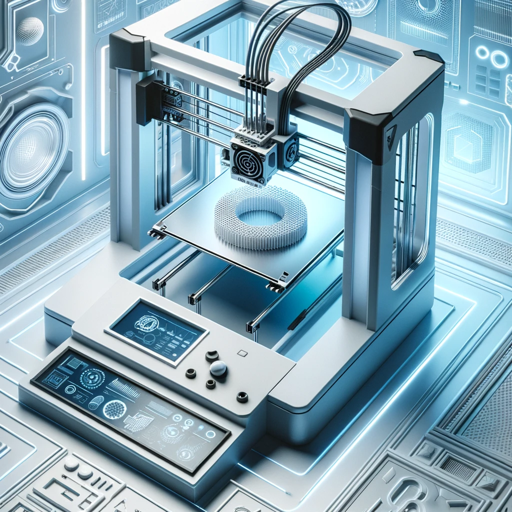
Drink Pair GPT
AI-powered Pairing Perfection

! Mindful Drinking Guide !
Empowering mindful drinking with AI

Drinks & Snacks
AI-powered Culinary Pairings at Your Fingertips

Sports Drinks
Optimize Hydration, Enhance Performance

Cocktail Connoisseur
Empowering your cocktail creation journey with AI.

Hydroponic Guide Q&A
What types of hydroponic systems does Hydroponic Guide cover?
Hydroponic Guide covers a variety of systems, including but not limited to deep water culture (DWC), nutrient film technique (NFT), ebb and flow systems, aeroponics, and drip systems. It provides detailed advice on setup, operation, and maintenance for each.
Can Hydroponic Guide help me choose the right nutrients for my plants?
Yes, the guide offers comprehensive information on nutrient solutions, including macro and micronutrient requirements, pH and EC levels, and how to adjust nutrient concentrations for different stages of plant growth.
How does Hydroponic Guide address common problems in hydroponic systems?
It provides troubleshooting tips for common issues such as nutrient deficiencies, root diseases, pH imbalances, and pest infestations, along with preventive measures and solutions.
Is there advice on optimizing light and temperature for hydroponic gardens?
Absolutely. The guide details optimal lighting strategies, including light cycles, intensity, and spectrum for various plants, as well as temperature control methods to promote healthy plant growth.
Can beginners use Hydroponic Guide effectively?
Definitely. It's designed for users of all levels, offering step-by-step instructions for setting up a hydroponic system, making it an invaluable resource for beginners, while also providing in-depth information for advanced users to refine their practices.
